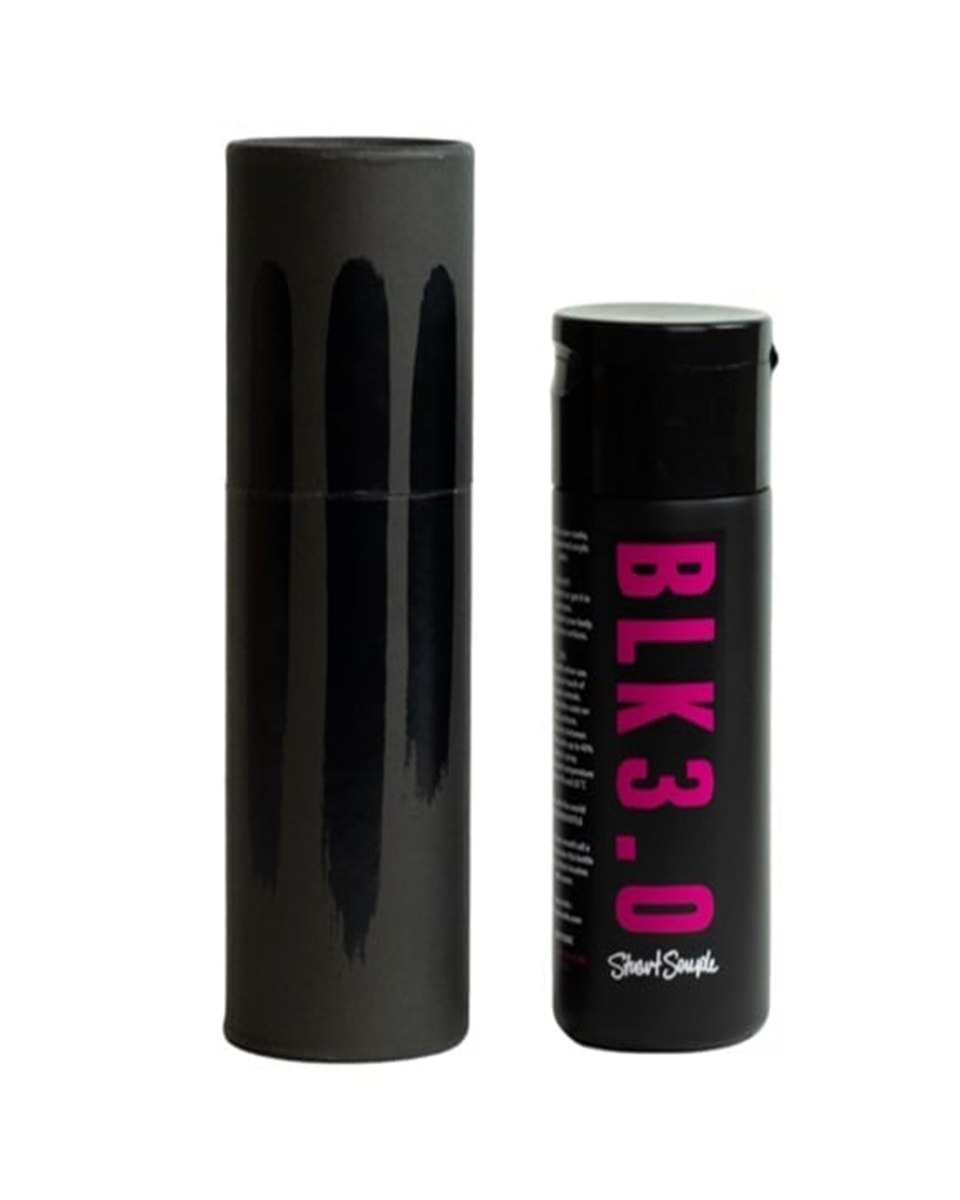Asher Kelman
OPF Owner/Editor-in-Chief
Great,I have decided to go the less troublesome route and ordered the super black paint. Since ordinary black paint was black in IR too, I hope "Black 3.0" will be as good and hopefully even better than that. In the above UV shot, exposure is 10 and a 1/3rd stops higher than in the IR shot and 11 stops higher than the unfiltered full spectrum shot, so UV response is low. Shipping from the UK and getting it through the customs here in Norway means I will expect to receive it in about one or two weeks.
I loved the challenge and I personally appreciate the topic as it stimulates new creative ideas in use of very black black
Which company brand do mid you choose?
Asher

